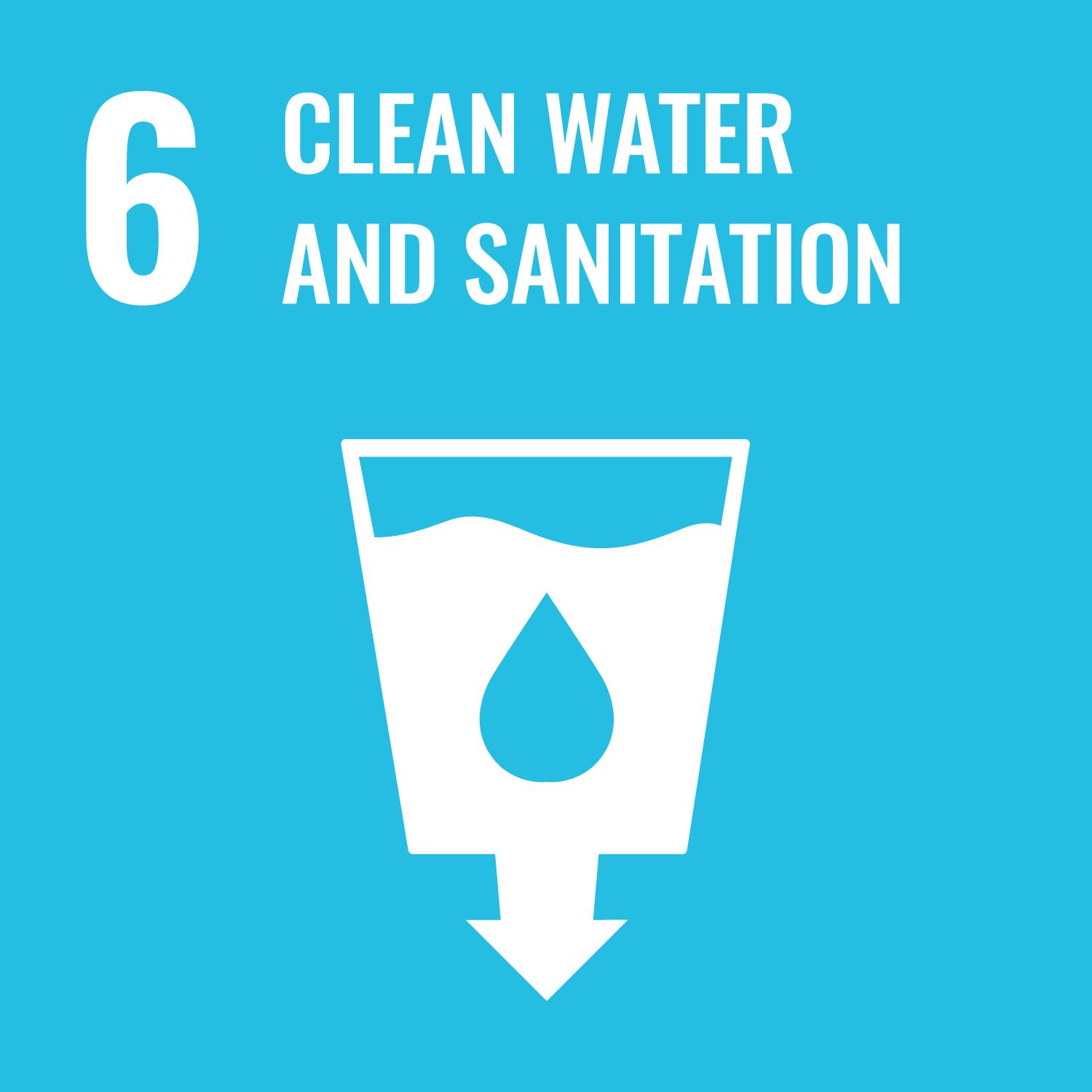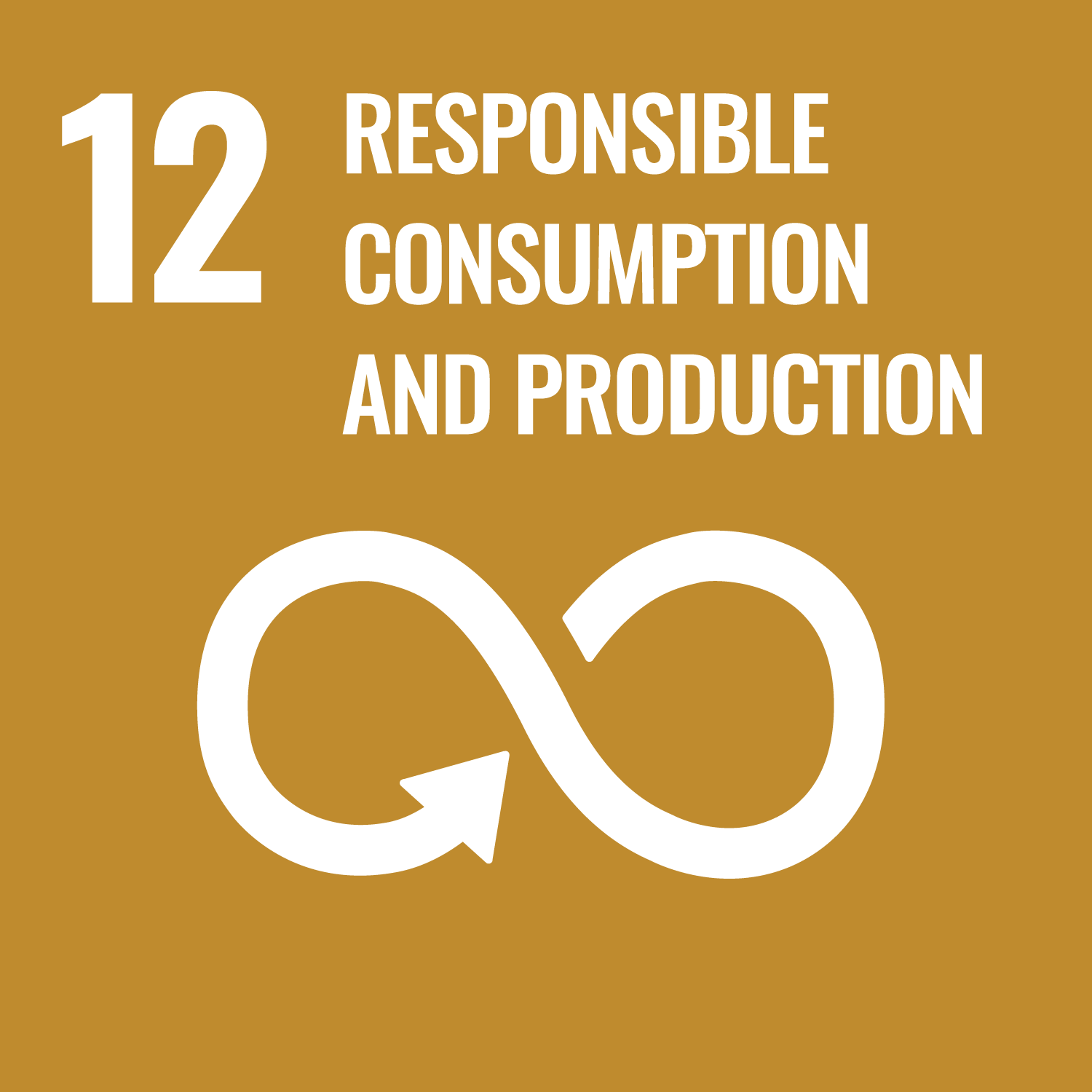Introduction
What is screen differential control? This is a control application commonly found at utility plants located on rivers, lakes and other large bodies of water and at industrial facilities where a large amount of cooling water is used. Screen differential control and monitoring is needed to prevent damage to rotating screens caused by excessive pressure being applied by debris collecting on the screens.

Screen Differential Control
Application
A typical cooling system consists of two or more sets of rotating screens. When the differential across a set of screens reaches 15 cm (7 inches), an alarm is activated. If the differential reaches 25 cm (10 inches), the screens start to rotate and back wash pumps are started initiating a backwash procedure to clean the screens of any accumulated debris.
Differential is measured by monitoring the back pressure created by displacing water in sensing lines using regulated air flow. Lines are located upstream and downstream of each screen.
Upstream and downstream pressures are monitored by a recorder set up to read differential flow. Transmitter outputs are fed into the recorder so operators have tide reference, individual screen differentials with alarms and auto start for wash pumps. These contacts are fed into the screen logic by the recorder alarm option.
Solution
DPharp was recently selected for this application by a major Texas electric utility company when they redesigned their screen differential monitoring and control system. The company selected DPharp over their plant standard because of its ability to withstand plant air applied to sensing lines during blowback operation--without having to be taken out of service, and with no shift in calibration after completion of blowback. Transmitters have been in operation since November of 1996, and plant maintenance personnel are very pleased with their performance.
A simplified screen differential monitoring diagram is shown below. Solenoid valves or a timer are used to initiate automatic blowback operation once a day. DPharp monitors the differential across the rotating screens.
Main Features of DPharp
 |
| DPharp |
EJA110A Digital Solution
- Best-in-class performance
- ±0.03% Overpressure calibration protection
- ±0.1% per 5 years long term stability
- 100:1 turndown
- ±0.065% accuracy
EJX110A Premium Value
- ±0.1% per 10 years long term stability
- 200:1 turndown
- Best-in-class high accuracy, 0.04%
- Multi-sensing output
- Multi-variable transmitter as EJX family line-up
- Safety as standard (IEC 61508)
Related Industries
-
Water & Wastewater
수자원은 한정되어 있으므로 지속 가능한 물 순환에 기여하는 것은 지속가능개발목표(SDGs) 중 하나입니다. Yokogawa는 깨끗하고 안전한 물의 안정적인 공급, 수질 환경 보호를 위한 폐수 처리, CO2 배출량 및 운영 비용 절감을 위한 물 손실 관리 및 플랜트 운영 최적화를 위한 첨단 디지털 제어 솔루션을 제공해 왔습니다. 최첨단 기술, 신뢰할 수 있는 제품, 그리고 전 세계 다양한 수자원 프로젝트에 대한 풍부한 전문 지식과 경험을 바탕으로, Yokogawa는 고객과 협력하여 플랜트 수명 주기 전반에 걸쳐 비즈니스를 성장시키고 가치를 창출하는 지속 가능한 수자원 솔루션을 제공합니다.
Yokogawa는 지자체 및 공업용수 처리 시장에서 광범위한 수처리 응용 분야를 지원합니다.


-
공업용수
공업용수는 발전소, 정유소 및 석유 화학 플랜트와 같은 모든 산업 플랜트에 사용됩니다. Yokogawa의 단일 제어 플랫폼은 주요 공정과 통합된 모든 용수 및 폐수 처리 공정을 처리할 수 있습니다.
-
폐수처리
폐수 처리 설비는 많은 모터, 펌프, 송풍기 등을 사용하기 때문에 운전 비용을 줄이기 위해서는 전력 소비를 줄이는 것이 중요합니다. Yokogawa는 에너지 효율성을 높이기 위한 최적의 제어 솔루션을 제공합니다.
-
수처리
Yokogawa는 수처리 설비의 더욱 안정적인 운영을 위한 최적의 솔루션을 제공합니다. 이러한 솔루션에는 정교한 기술, 탁월한 제품 품질 및 라이프 사이클 전반에 걸친 광범위한 애플리케이션 노하우가 포함됩니다.

